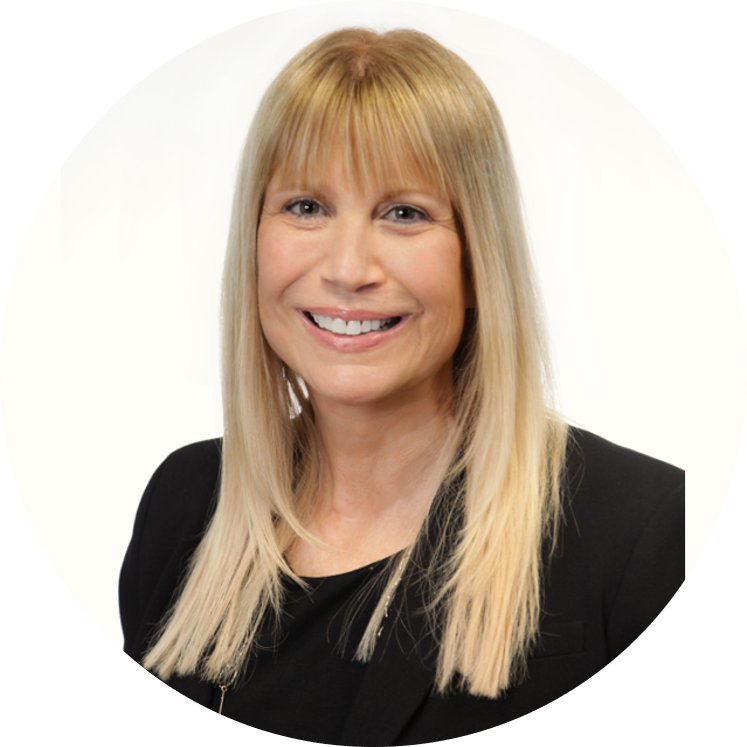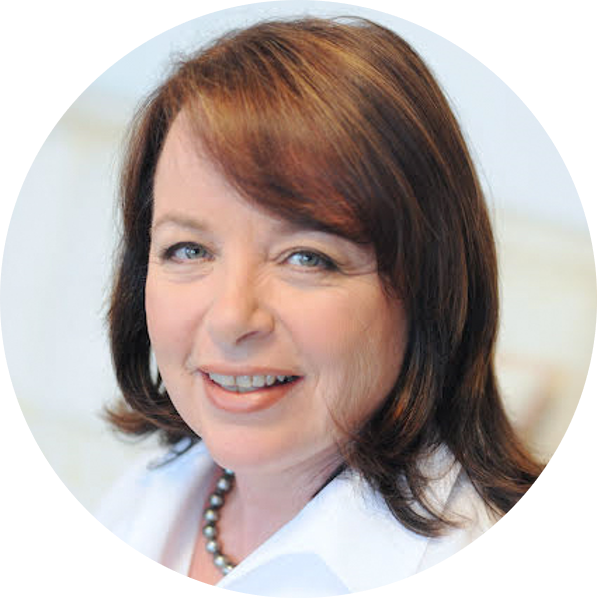

After a long career at McGraw-Hill Education that included roles in sales, marketing, education policy and general management, Jeff Livingston formed EdSolutions, LLC, in 2015 as a vehicle for focusing education innovation, investment and philanthropy on underserved students. The Center for Education Market Dynamics, currently in incubation with Cambiar Education, is a trusted source of market intelligence for the education sector, designed to result in better targeting of innovation to areas of greatest potential impact. Jeff holds a baccalaureate degree in Government from Harvard University and has served as a director of the Association of Educational Publishers; the Association of American Publishers, Education Division; the Software and Information Industry Association; The Harlem Educational Activities Fund; UnBoundEd Learning, New Meridian, LaborX, Yenko and Allhere.
1. What has surprised you the most as this school year has played out, particularly when it comes to corona-virus-related events?
What surprised me the most is the extent to which affluent students were used as the norm. I heard a lot more district educators and leaders than expected saying things like, “I know you are bored to doing too many Zooms and video games.” They were focused on affluent kids who were missing their friends from the comfort of homes where there was food and safety, when they should have been raising alarms about the kids whom no school district employee communicated with at all between March and August. And there are millions of those kids.
We are still a country in which more than 50 percent of students qualify for free or reduced-price lunch. They didn’t get a PlayStation 5 for Christmas. Education leaders who are themselves highly educated, well-paid professionals have too often assumed that the experience of their children and grandchildren was the same as the children in the schools they run. They couldn’t be more wrong. Make no mistake: not everyone did that, but far more did it than I expected.
2. What do you think K-12 schools and districts have done well during the pandemic? What have they done poorly?
I think what they’ve done well is far too little. Let’s be clear: it’s harder to think of things they’ve done well than things they haven’t. Everyone was caught off guard by the pandemic, but too many districts stayed that way. No one could have planned for it, but the fact is that school districts could have figured what to do a lot sooner.
The bright spot is that the school-based nutrition programs in a lot of places converted themselves into plain nutrition programs. They knew how often school is the place where all the nutritious meals happen for some students, and they figured out how to distribute them. As a result, schools have been the reason that fewer kids went hungry than might have.
What have they done poorly? The thing I focus on is that they have failed to draw attention – and to be seen worrying about – the millions of kids who went home in March and then had NO experience that could in any way be described as educational. None at all! And the districts knew those kids were out there.
I had a conversation with a state leader in California who said that there were a million students in California who had either no access to broadband, or no device with which to take advantage of it. People think I’m talking about 700 or 800 somewhere, but it’s a million – that’s a lot! A lot of the conversation has been centered on the student who is bored in his own room, whose sister is in the next room, with parents in another room – all of whom have internet access. This is not where the focus of schools should be.
We have been talking about inequality in the abstract for years, but now we’ve seen it for real. We have assumed something that is not true – that all our kids live in houses with some access to the internet. What IS true is that millions of kids spend time in houses with no electricity, let alone no internet.
What districts have also done poorly is help teachers understand in total the reality of what it means to be doing school online. As a rule, teachers were dropped into the deep end of the pool; some swam, and some sank horribly.
But the worst thing they did was not to pay enough attention to the kids who had nothing.
3. What’s the most important issue for district leaders to address in order to safely re-open schools?
As of noon on January 20, we started on a path toward having good advice from public health officials on what to do about the physical safety of school buildings. Districts should so what public health officials tell them to do. But what I think leaders should focus on is the social and emotional health of students.
I live in Harlem – I am a Harlem gentrifier in a luxury high-rise building. Within a half a mile of where I live, there are at least hundreds and maybe thousands of students who missed an entire semester of school because they live in houses where they didn’t have functional access to online learning. And they lost a grandparent to COVID, and they watched people who look like them being gunned down by police. They are African American and Latino. Where I live, there could be 2,000 kids within half a mile for whom ALL those things are true.
When a student with this experience arrives in a classroom, yes, I care about her health, and yes, I want her desk to be sanitized – but her emotional health must be first and foremost in the minds of the people who teach her. All of us have some of those students nearby, but I have more than my fair share. There are kids on whom all the burden fell, and that is something we are not talking about enough. All of us have experienced some trauma, but some of these kids have had experiences that we no longer expect to see in the United States – no school; food insecurity; a parent, grandparent or close relative sick and then dying of COVID; police violence directed at them or people who look like them. All of this happens – and then they have no school! Understanding that trauma must be highest on school leaders’ lists.
4. Dow that schools and districts are so dependent on technology, what do they need to do better to accomplish their educational goals?
We need to make certain that every student in the U.S. has access to broadband capacity, and to devices that enable them to use it. If we don’t do that, everything we’ve learned about what is possible with online learning will deepen inequality and do harm to the most vulnerable kids in our society.
5. What would you like to see at the top of the new Secretary of Education’s agenda once the Biden Administration is in place?
The first thing I’d say to him is, see my answer to the previous question. That’s table stakes. Every district everywhere must give kids access to devices – no question about it. We should be horrified and ashamed that there are poor kids in Cuba and Rwanda who have better online experiences than kids in the U.S. have. One internet-enabled telephone for a mom and her three kids does not meet the requirement; that doesn’t count as internet access. I think that anyone who even walks too slowly near a public school in the next year should be in danger of having someone putting a Chromebook in their hands. They are cheap enough now that we can do that – if we decide to.
 |  |  |
| ROBIN WARNER Managing Director | JACK NOBLE Partner | NEAL GOFF Senior Advisor |
 |  |  |
| ERICA GRUEN Senior Advisor | COLTON T. SMITH Associate | ANDREW EADDY Analyst |
Please contact us to discuss your Company and also hear what is happening in EdTech M&A!
—
RECENT TRANSACTIONS
 |  |  |  |
—
Oaklins | DESILVA+PHILLIPS is an investment bank for clients that operate at the intersection of content, technology and services. This includes enterprises operating within the media, advertising & marketing, education, healthcare, information services and technology sectors. Over 24 years, clients have included Advance Publications/Condé Nast, Deutsche Börse Group, Elsevier, Hachette, JP Morgan Partners, Microsoft, The New York Times, Time Inc., TPG and Wasserstein & Co., among others. The firm is the TMT practice co-head and industry specialist in Oaklins, the world’s most experienced mid-market M&A advisor, with over 850 professionals globally and dedicated industry teams in more than 45 countries. We have closed 1,700 transactions in the past five years.At Oaklins, we are passionate about M&A. It’s what we do, every day. We give nothing but our very best to do justice to the extraordinary effort our clients put into their businesses. Our partnership with our clients works because we both believe in never settling until we deliver excellence. Coming from every corner of the world and with a diverse range of backgrounds, together we are one global team. The world’s most experienced advisor on mid-market deals.Oaklins is the collective trade name of independent member firms affiliated with Oaklins International Inc. For details of the nature of the affiliation, please refer to www.oaklins.com/legal.
follow on Twitter | follow on LinkedIn
—
FOR MORE INFORMATION CONTACT
Managing Director
Oaklins DeSilva+Phillips
(212) 651-2605
